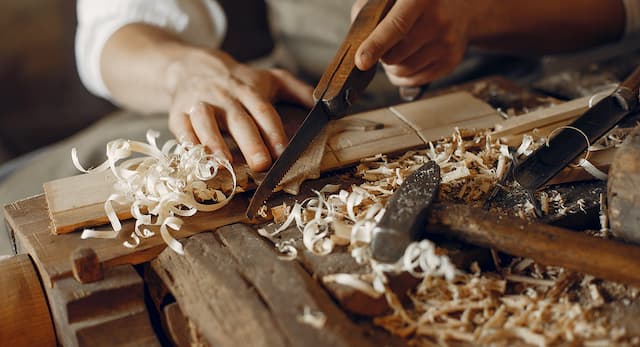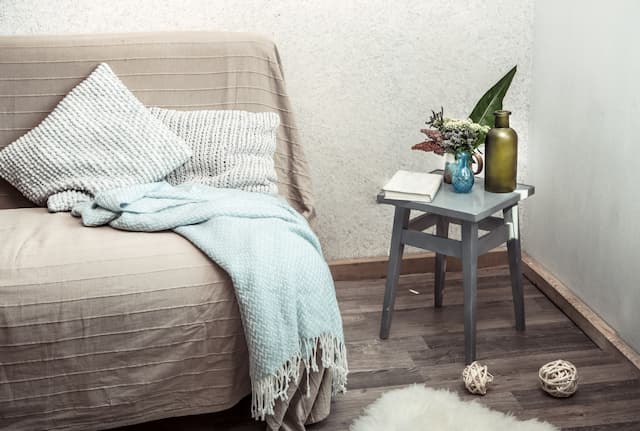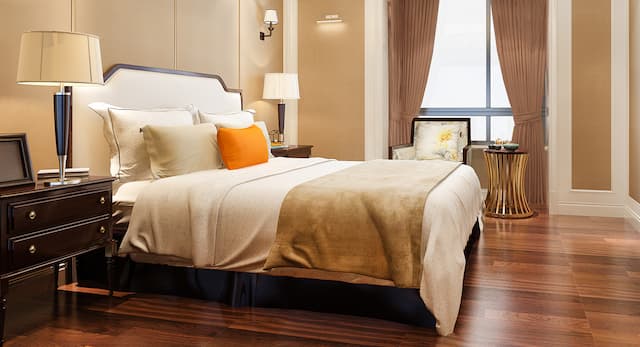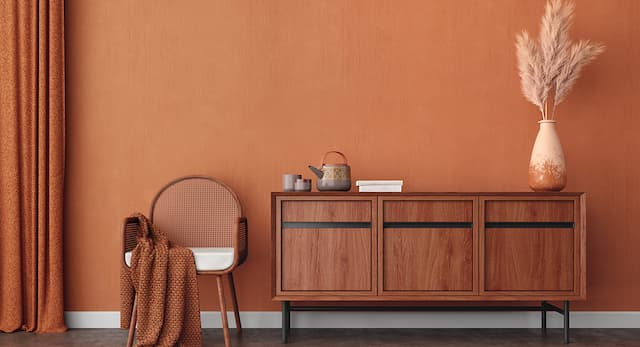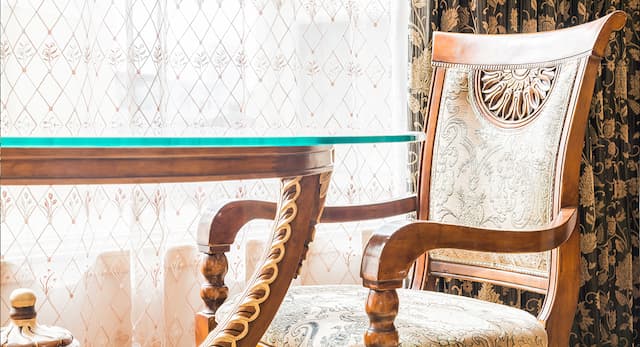Secrets of Manufacturing Italian Furniture for Luxurious Villas
Italian furniture is synonymous with luxury, elegance, and fine “craftsmanship” with all the value this word embodies!
From careful woodworking to plush upholstery, Italian designs stand out for their attention to detail and high-quality materials, which makes them highly requested for luxurious villas.
When furnishing a luxurious villa, Italian pieces add sophistication and old-world charm to any space inside any room, including bedrooms, kitchens, and even bathrooms. However, manufacturing this caliber of furniture requires specialized knowledge and artisanal techniques perfected over generations.
Several factors set Italian furniture apart and enable manufacturers to meet the exacting standards expected for upscale villas. These range from the types of wood used to the finishing processes that embellish each piece.
By understanding the secrets behind crafting fine Italian furniture, manufacturers can continue producing high-quality creations that will elevate residential and commercial spaces for years to come.
Secrets of Manufacturing Italian Furniture for Luxurious Villas
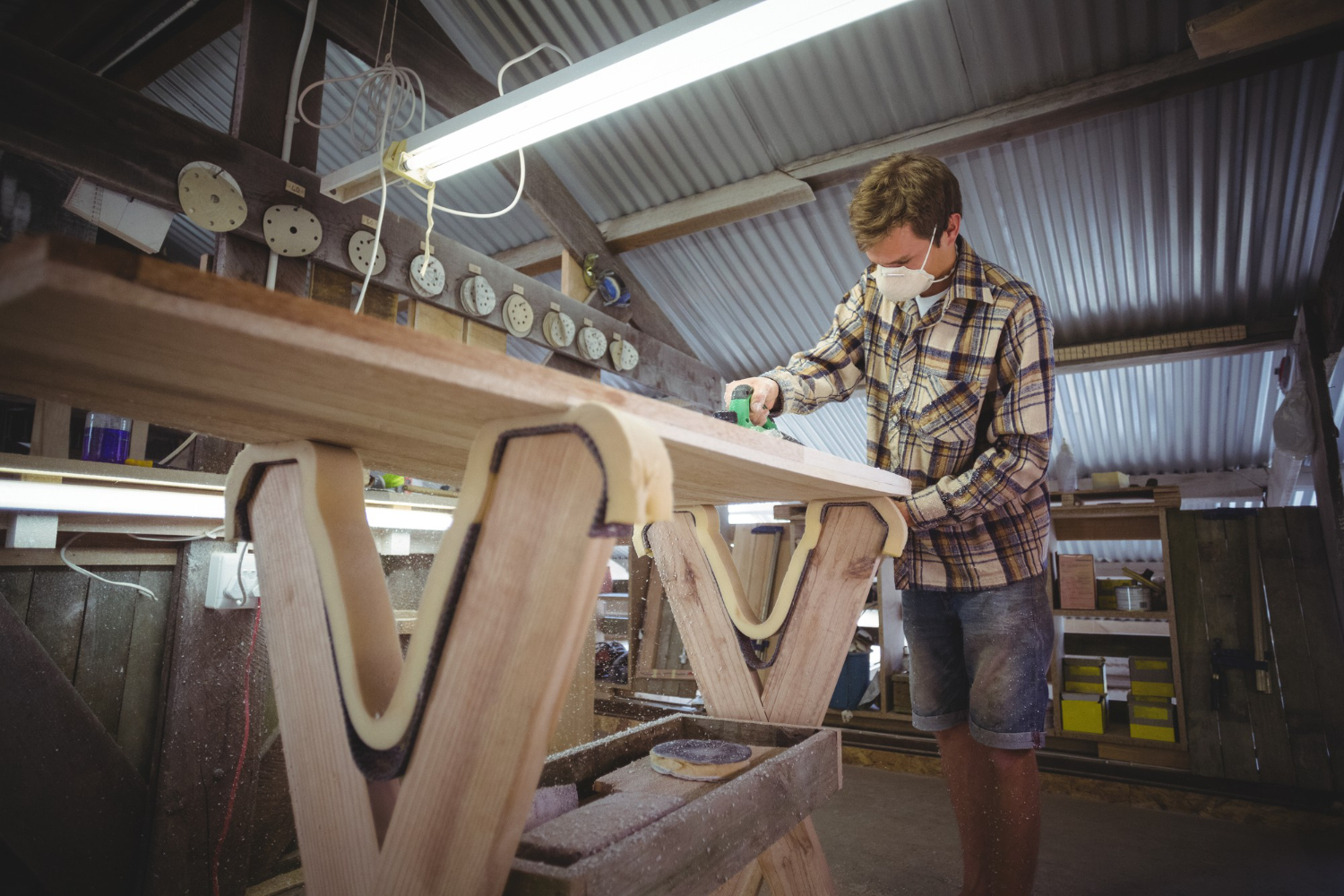
Achieving the refined aesthetic that defines luxury Italian furniture requires deep attention across every joinery step. Here are some of the key hidden techniques for producing pieces suitable for high-end villas:
Careful Wood Selection
The foundation of fine furniture begins with choosing exceptional wood material.
Manufacturers often select woods featuring attractive grain patterns, rich hues, and structural integrity to construct durable and beautiful furnishings. Popular choices include walnut, olivewood, maple, oak, and mahogany.
Precision Cutting
Italian furniture makers leverage specialized tools and time-mastered techniques to cut lumber, join pieces together, and shape compelling designs.
This precision enables the creation of intricate details and ornate carvings across furniture pieces of all sizes and functions.
Skilled Assembly
Highly experienced craftspeople assemble the wooden components. They leverage an array of traditional woodworking joints to create sturdy furnishings constructed to last generations.
Mortise and tenon joints dovetail, tongue and groove, dowels, and others “mechanically fasten” the lumber pieces together without nails or staples.
Hand Finishing
After assembly, the craftsmen usually apply multiple layers of stains, paints, waxes, glazes, or other finishes to protect the wood and enhance its beauty.
This hand finishing allows customization of colors and distressing resulting in a rich, lustrous patina unmatched by automated production methods. This, of course, reminds us of the significant value of antique Italian furniture.
Choosing Materials for Italian Furniture
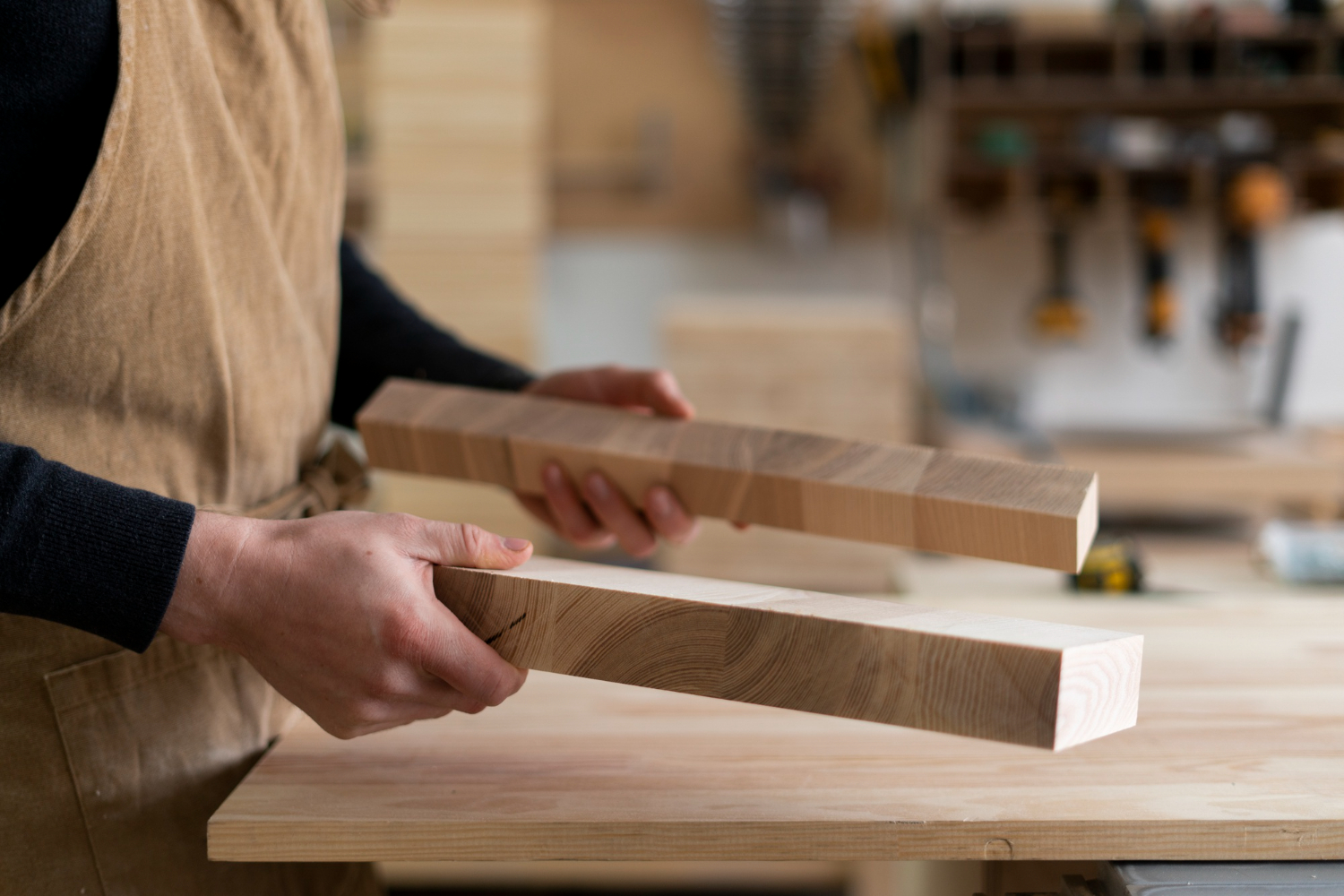
Alongside fine woodworking techniques, material selection enables manufacturers to create Italian furniture suitable for even the most luxurious residential settings:
Top-Grade Leathers
When upholstering chairs, sofas, ottomans, and other seating, only thick, supple, full-grain leathers make the cut.
These durable hides become softer and more beautiful as they age. And their natural markings add organic visual interest.
High-Density Cushioning
To ensure enduring comfort, manufacturers leverage premium high-density foams and feathers for cushioning.
These materials retain their shape and resist sagging or flattening for decades of continual use.
Durable Fabrics
Designers choose textiles such as silk, linen, velvet, or wool when covering furnishings.
The fabrics’ beauty and longevity prevent wear despite frequent interaction in active household spaces.
Ornate Accent Details
Decorative details differentiate fine Italian furniture from its mainstream counterparts.
Elaborately carved frames, scrolled feet, and hand-painted designs elevate basic furnishings into extraordinary statement pieces.
Manufacturing Italian Furniture for Other Spaces
While villa living rooms, dining rooms, and bedrooms provide natural settings for Italian furniture, their craftsmanship also makes them suitable options for nearly any room:
- Entryways: Intricately detailed benches, chests, credenzas, and more make fine first impressions while providing storage and display space.
- Kitchens & dining areas: From rustic farmhouse tables to marble-topped islands, Italian makers create culinary centerpieces sure to wow guests.
- Patios & poolside: Weather-resistant furnishings made of teak or wrought iron transport interior beauty outdoors.
- Home offices: Executive desks, bookcases built from old-growth timbers, and leather club chairs populate sophisticated spaces for getting work done in style.
- Libraries: Floor-to-ceiling, custom-built shelving cut from a single massive oak tree can elegantly house extensive literary collections.
Cost of Manufacturing Italian Furniture for Luxurious Villas
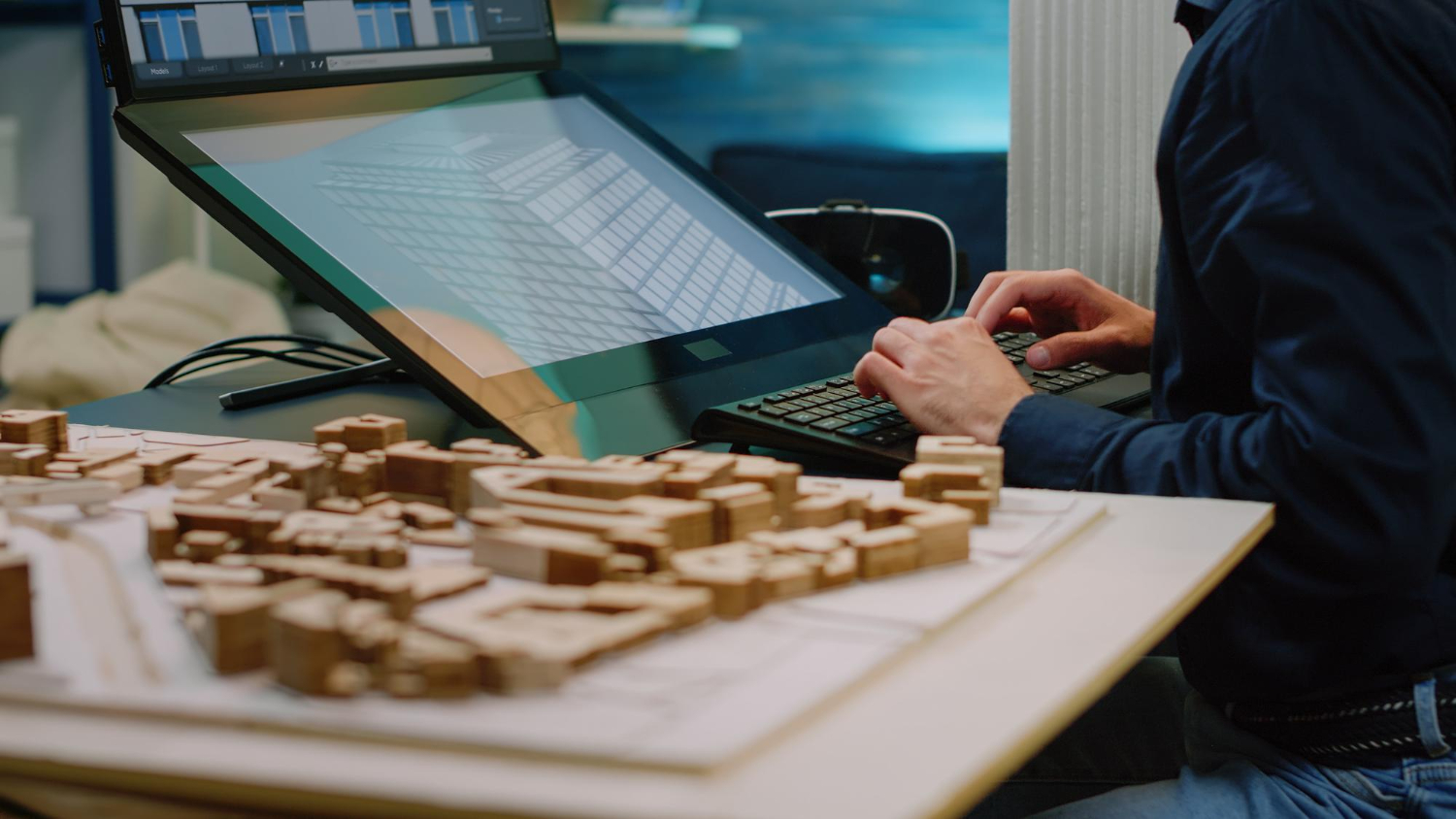
Thanks to their crafted manufacturing processes and top-tier materials, Italian furniture carries understandably high price tags.
However, the enduring returns on investment justify the initial expenditures for most buyers. Manufacturing costs breakdown into three main categories:
Materials
As highlighted above, Italian furniture makers source exceptional wood, textiles, and composites when constructing each new original piece.
These building blocks often get harvested from remote forest regions or customs created by other artisans.
Their scarcity and processing complexity contribute to materials frequently accounting for over half of the manufacturing expenses.
Labor
From lumberjacks felling trees to woodworkers honing them into furnishings to upholsterers outfitting them with cushions, many hands touch Italian furniture during production.
At each stage, highly skilled artisans and craftsmen devote extensive time to creating, joining, carving, finishing, and assembling furnishings. Their compensation comprises the other major portion of total costs.
Other Expenses
Furniture companies also spend cash on non-materials/labor costs essential for creating luxury goods.
Factories’ operations, specialty equipment maintenance, global shipping coordination, and business financing all enable enterprises to operate year after year. While smaller than other categories, these costs also influence pricing.
Final Thought
With the level of personalization possible, manufacturing contracts for luxurious villas range broadly in value.
Expect to invest from four to five figures at minimum for iconically Italian furniture customized to your villa’s unique spaces.
While not inexpensive, the enduring returns on investment justify costs for most buyers.
PARTENZA has helped hundreds of villa owners in designing and manufacturing robust Italian furniture. Contact us directly by filling out the form below for more information.
Frequently Asked Questions
What Types of Wood Are Used to Build Italian Furniture?
High-end Italian furniture manufacturers carefully hand-select woods like walnut, oak, olivewood, maple, cherry, and mahogany to create exceptional pieces.
What Sets Italian Furniture Woodworking Techniques Apart?
The specialized cutting, joining, carving, and shaping tools needed for producing Italian wood furniture are what make the techniques unique. The precision joinery creates sturdy furnishings without requiring nails, staples, or glues.
How Is Italian Furniture Finished?
After assembly, Italian furniture craftsmen apply multiple layers of hand-rubbed finishes like stains, paints, waxes, glazes, or other treatments to protect the wood and enhance its beauty.
Why Choose Italian Furniture Over Other Luxury Furniture Types?
From ornately carved Rococo credenzas to expertly upholstered Chesterfield sofas, a few other furniture styles encapsulate luxury and sophistication like iconic Italian pieces.
What Types of Leathers and Fabrics Cover Italian Furniture?
To ensure enduring beauty and comfort, manufacturers select only top-grade, full-grain leathers and textiles like silk, linen, or velvet.
Is Italian Furniture Suitable Beyond Living Rooms and Bedrooms?
With its finely crafted aesthetics, Italian furniture elevates nearly any interior space. Wood or wrought iron makes weather-resistant patio and poolside furnishings.

